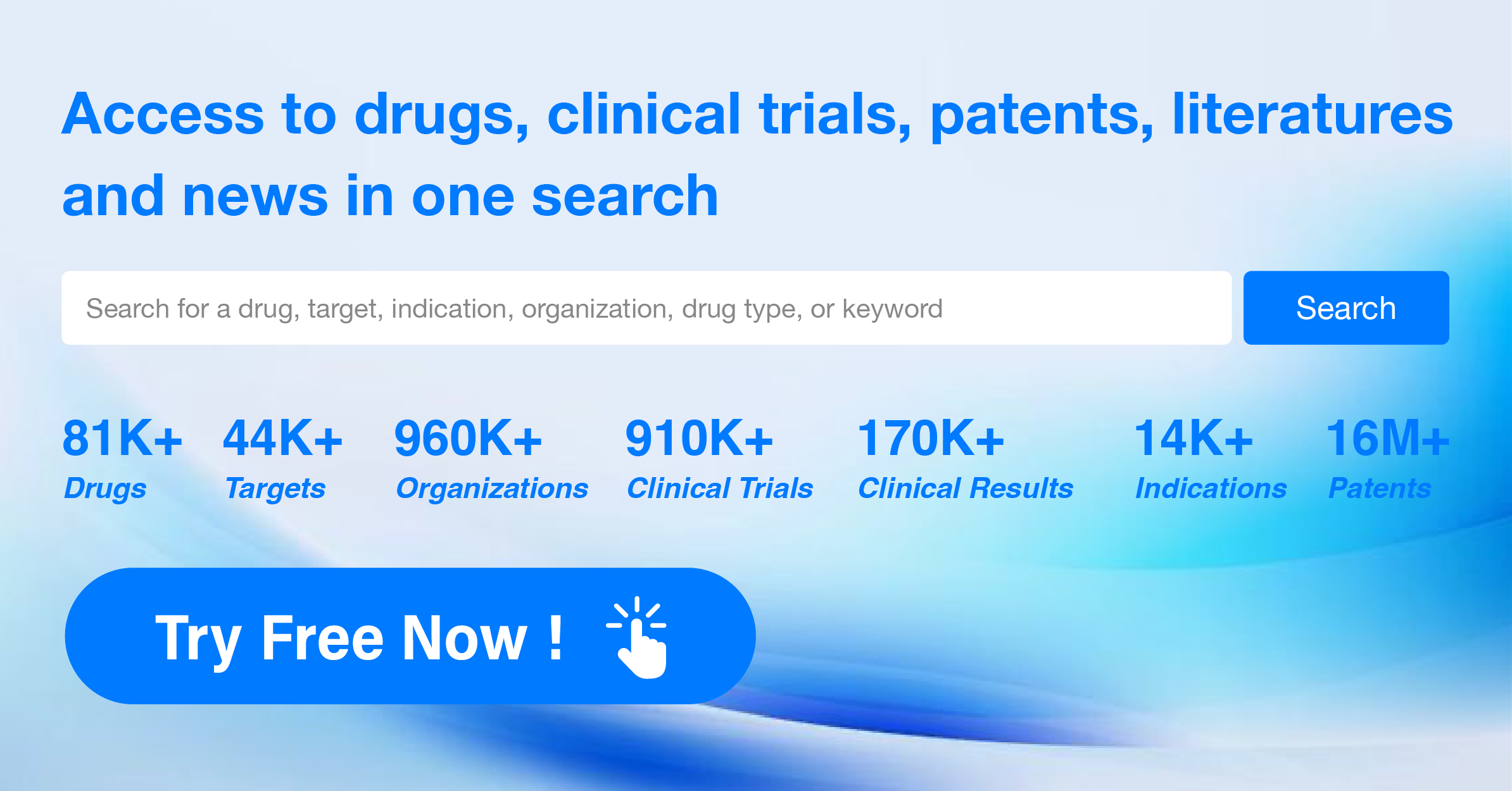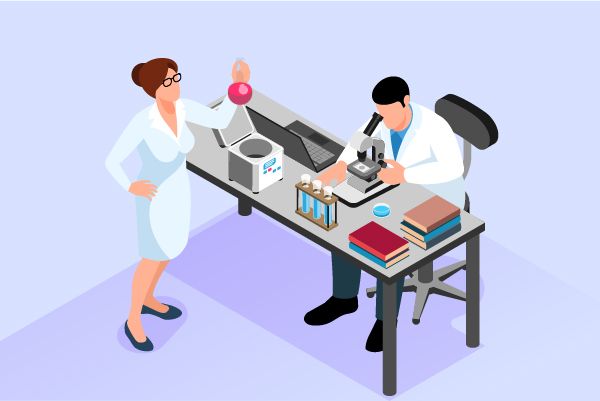What is the Pharmaceutical Regulatory System of the European Union and its Member States?
The pharmaceutical regulatory system of the European Union is a complex structure with multi-tiered and multi-agency collaboration, designed to ensure the safety, efficacy, and quality of medicinal products throughout the European Economic Area. This system involves EU-level institutions such as the European Medicines Agency (EMA), as well as National Competent Authorities (NCAs) of the member states.
·Centralized Authorization Procedure (CAP): Applicable to novel medicines and biologics, as well as certain medications for specific diseases. Evaluated by the EMA, once approved, the marketing authorization is valid in all EU member states.
·National Procedure: For medicinal products that do not fall under the centralized authorization procedure, such as generics and over-the-counter drugs. Independently authorized by the NCAs of the member states, valid only within that respective state.
·Mutual Recognition Procedure (MRP): After a product is granted marketing authorization in one member state, it can seek recognition in other member states through MRP. Based on mutual recognition agreements among member states, this facilitates the marketing of medicinal products across the EU.
·Decentralized Procedure (DP): Applicable to drugs that have not yet been authorized in any EU country. Applicants can submit marketing authorization applications to several EU member states at once, with each state making independent decisions on approval.
·European Medicines Regulatory Network: Comprising the EMA and NCAs of the member states, it ensures consistency and coordination in drug regulation. By sharing information and resources, the system enhances review efficiency and reduces duplicative efforts.
·Transparency in Medicinal Product Regulation: The EU pharmaceutical regulatory system emphasizes transparency, making assessment reports and decision-making processes publicly available, ensuring that the public and stakeholders are informed about the safety and efficacy of medicinal products.
·Pharmacovigilance: The EMA is responsible for monitoring the safety of all medicinal products on the European market, a process that spans the entire lifecycle of the product. Through the EudraVigilance system, reports of suspected adverse drug reactions are collected and managed, ensuring the timely update and sharing of safety information regarding medicinal products.
The EU's pharmaceutical regulatory system aims to ensure efficient approval and regulation of medicinal products through the collaboration of these procedures and agencies, while protecting public health and promoting innovation and accessibility of medicinal products.




